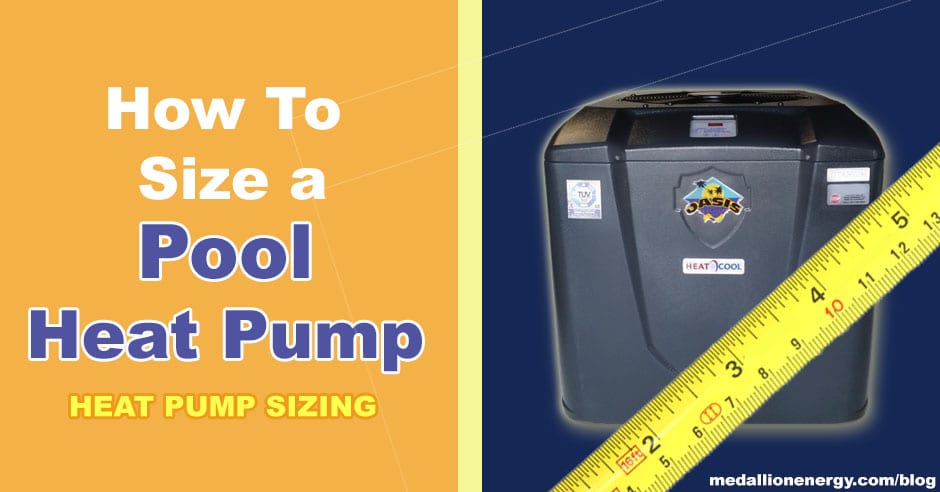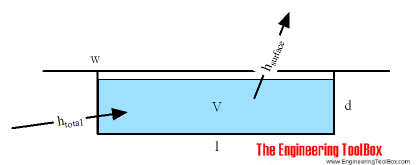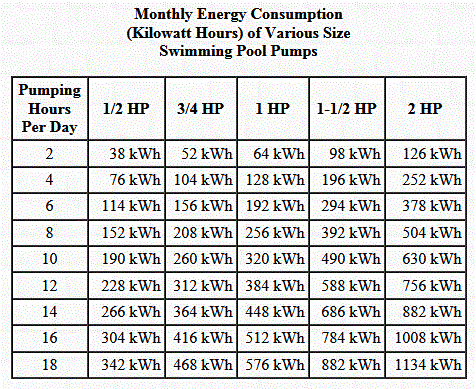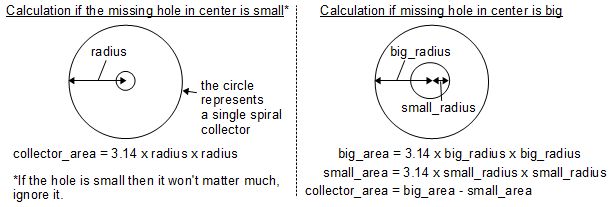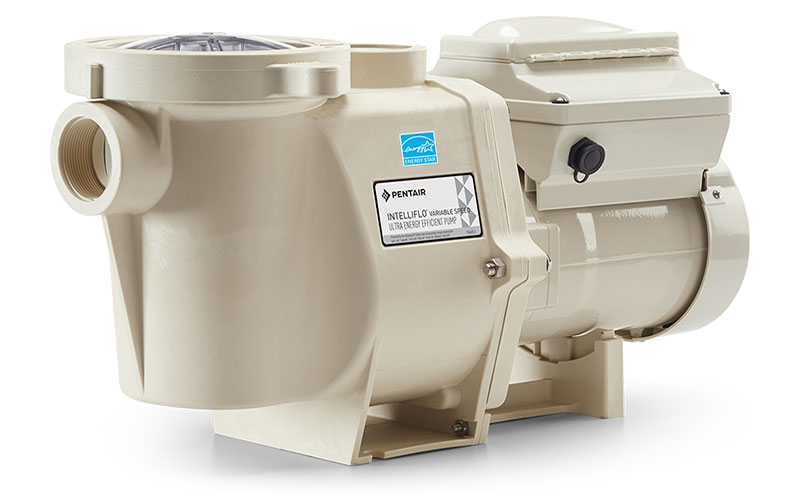Pool Heat Pump Sizing Calculator

Determine the best heater for your specific application using our dynamic sizing tool.
Pool heat pump sizing calculator. Pool heat pump size calculator. Once you have the approximate number of gallons of water in your pool we have to figure our minimum flow rate for the pump using a gallons per minute gpm calculation. At initial cold water startup the heat pump may need to run for a longer period per day to reach the set temperature. Calculate your surface area pool length x pool width when you are determining which size pool heater to buy the first step is calculating your pool s surface area.
Pool heat pump pool heater sizing calculator calculate the required size heat pump or pool heater you will need for your pool and spa system. In fact there are some websites that do use the number of gallons. Gpm takes into account your pool size and the number of turnovers you need per day your turnover rate. Calculate correct size heat pump or pool heater needed to heat your swimming pool.
Surface area volume. Size at 5 btu s per gallon or 1 3 to 1 5 btu s per litre of water. Rules for sizing your heat pump pool heater size at 4 btu s per gallon or 1 btu per litre of water. Length m x width m volume m 3 6m x 3m 27m 3.
Click on the button to size your. This calculator is optimised for day time heat pump operation above 10 degrees celsius ambient. Calculate the heat pump you need based on your swimming pool size. 0 thanks we will contact you soon.
7m x 3 5m 37m 3. Select nearest pool size. 1 determine the hottest temperature you want to heat your water up to. Estimate pool heating costs and calculate heat pump btu size requirements.
Use our heat pump sizing calculator how to size a pool heat pump. A lot of pool owners assume that you use your pool s gallon size to determine your heater size. The pool heat pump sizing calculation is based on a maximum temperature. This is your target temperature.
Ex a target temperature of 80 degrees. Surface area volume. Click on the button to size your. 2 find the average temperature of the coldest month of the year for the area you live in.
